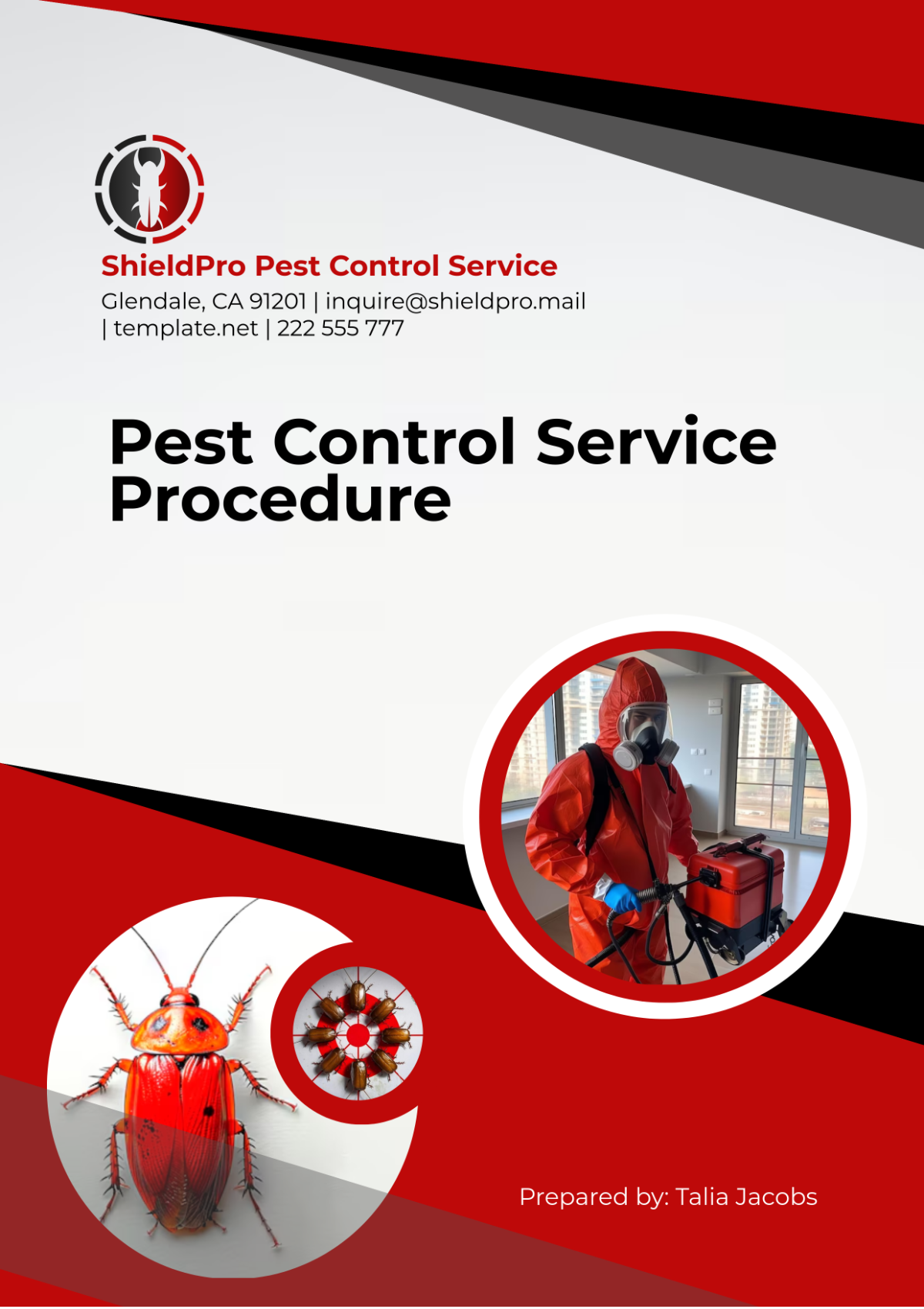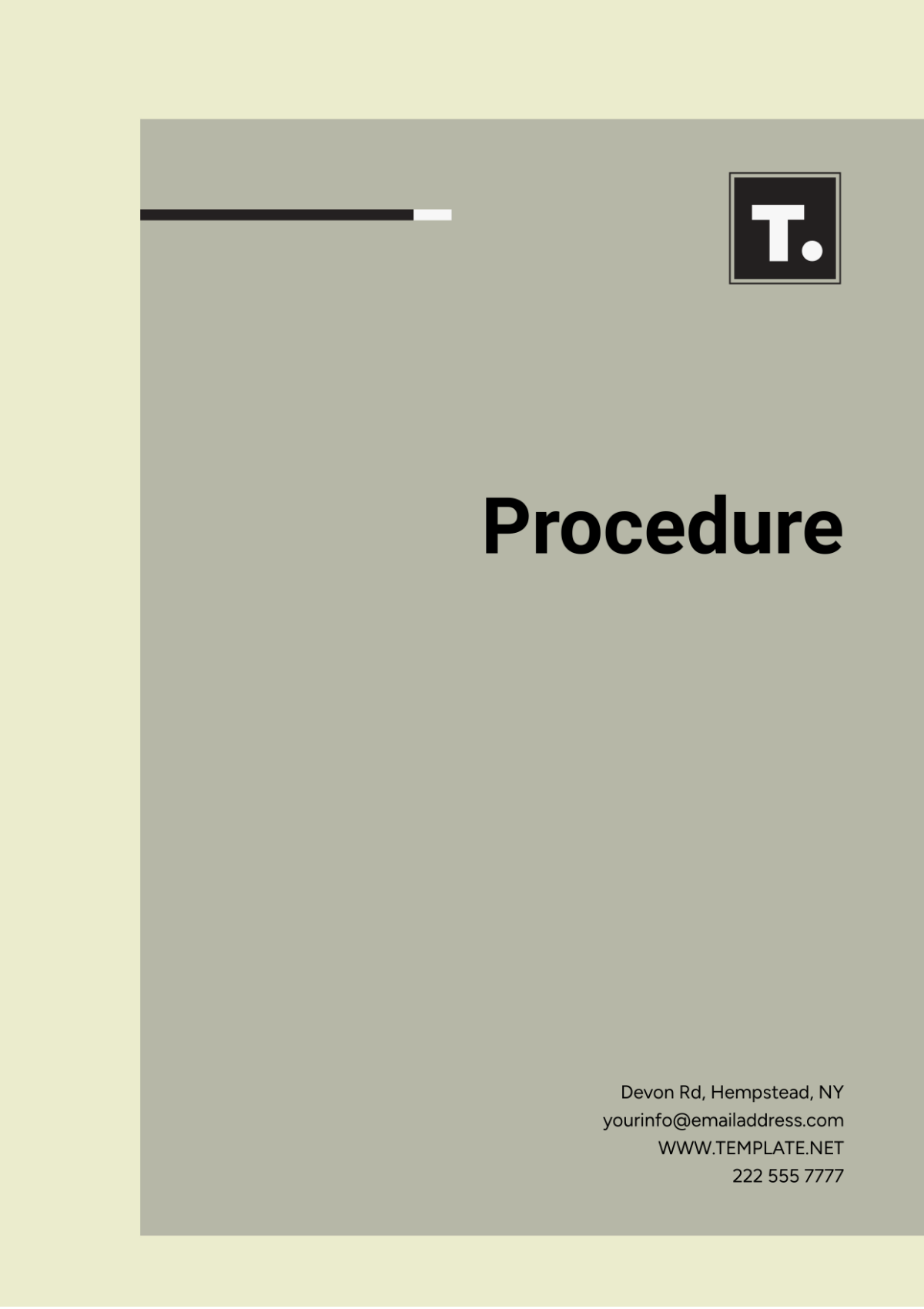Legal Intellectual Property Filings Standard Operating Procedure
1. Introduction and Purpose
The Legal Intellectual Property Filings Standard Operating Procedure (SOP) serves as a foundational document for [Your Company Name], outlining a structured approach to the management, protection, and leveraging of intellectual property (IP) assets. In an era where innovation and creativity are pivotal to competitive advantage, this SOP aims to harmonize the identification, protection, and commercialization of IP with the overarching business strategies, ensuring compliance with the complex legal landscape and technical implementation specific to the United States. It is designed to guide [Your Company Name] through the intricacies of IP law, fostering an environment where innovation is not just created but is also adequately protected and strategically utilized for business growth.
By establishing clear protocols and responsibilities, this SOP empowers [Your Company Name] to maximize the value of its intellectual assets while mitigating the risks associated with IP infringement and mismanagement. It is an essential tool for navigating the multifaceted process of IP filings, from initial creation and documentation to registration and enforcement. Through diligent adherence to this SOP, [Your Company Name] commits to sustaining an innovative culture that recognizes the importance of IP assets in achieving long-term business success and maintaining market leadership.
2. Definitions
This section of the Standard Operating Procedure (SOP) for Legal Intellectual Property Filings provides definitions for key terms essential to the understanding and application of intellectual property management within [Your Company Name]. These definitions are crucial for ensuring consistency and accuracy across the organization.
Patents: Legal rights granted to inventors for a specific period, typically 20 years, allowing them to exclude others from making, using, selling, or importing an invention in exchange for public disclosure of the invention.
Trademarks: Symbols, names, phrases, logos, or combinations thereof that identify and distinguish the source of goods or services of one party from those of others. Trademarks, once registered, have an indefinite lifespan as long as they are in use and properly maintained.
Copyrights: Protections granted to the creators of original works of authorship, including literary, dramatic, musical, artistic, and certain other intellectual works, both published and unpublished. Copyright protection lasts for the life of the author plus an additional 70 years after their death.
Trade Secrets: Information, including formulas, practices, processes, designs, instruments, patterns, or compilations of information, that is not generally known or readily ascertainable, by which a business can obtain an economic advantage over competitors or customers. Protection of trade secrets is indefinite, as long as the secrecy is maintained.
Intellectual Property (IP): Refers to creations of the mind, such as inventions; literary and artistic works; designs; and symbols, names, and images used in commerce. IP is protected by law through patents, copyrights, trademarks, and trade secrets.
IP Portfolio: A collection of all intellectual property assets owned or held by an organization, managed strategically to maximize business value and market position.
Infringement: The violation of IP rights, including unauthorized use, reproduction, or distribution of protected intellectual property.
3. Roles and Responsibilities
In the management and protection of intellectual property (IP) within [Your Company Name], clear delineation of roles and responsibilities is critical. This ensures accountability and precision in executing IP-related tasks across various departments and teams. Below is a simple tabular representation of the key responsibilities associated with the legal department, R&D teams, marketing department, and external IP attorneys or consultants.
Department/Team | Responsibilities |
|---|---|
Legal Department |
|
R&D Teams |
|
Marketing Department |
|
External IP Attorneys or Consultants |
|
4. IP Creation and Identification
The IP Creation and Identification section of our Standard Operating Procedure (SOP) focuses on the initial steps necessary to safeguard [Your Company Name]'s innovations effectively. This process ensures that all potentially valuable intellectual properties are promptly recognized, documented, and assessed for their commercial viability and patentability.
Documentation of Creation: Establish a detailed record of the development process, including dates, contributors, and the nature of the creation. This documentation is crucial for establishing the timeline of invention and supporting future patent applications.
Determining Inventorship: Accurately identify all individuals who have made a significant intellectual contribution to the creation. This step is essential for correctly assigning patent rights and ensuring compliance with U.S. patent law.
Assessment of Commercial Potential and Patentability: Conduct an initial review of the creation's market viability and its eligibility for IP protection. This includes evaluating the novelty, non-obviousness, and utility of the invention, as well as considering potential market size and competition.
5. IP Protection Strategy
The IP Protection Strategy section of our SOP is designed to guide [Your Company Name] through the critical process of selecting the most suitable form of intellectual property (IP) protection. This decision-making framework is based on the nature of the IP, its potential market impact, and the prevailing legal standards.
Evaluating IP Type: Determine whether the creation is an invention, brand identifier, creative work, or proprietary knowledge to decide on patent, trademark, copyright, or trade secret protection.
Market Potential Analysis: Assess the commercial viability and potential revenue generation of the IP to prioritize resources for protection efforts.
Legal Landscape Review: Consider the current and evolving legal standards and regulations related to IP in the relevant jurisdictions to ensure compliance and effective protection.
Protection Mechanism Selection: Choose the most appropriate form of IP protection, taking into account the IP type, market analysis, and legal considerations. This could involve filing for patents, registering trademarks, applying for copyrights, or implementing measures to safeguard trade secrets.
Implementation Plan: Develop a detailed strategy for implementing the chosen protection mechanism, including timelines, responsible parties, and required resources.
6. Filing Procedures
The Filing Procedures section of our Standard Operating Procedure (SOP) delineates the structured approach [Your Company Name] adopts for the preparation and submission of intellectual property (IP) applications. This process ensures that all filings are comprehensive, timely, and tailored to meet the specific requirements of the relevant jurisdictions. Below is a four-step procedure presented in a tabular format to guide [Your Company Name] through the complexities of IP filings.
Step | Procedure |
|---|---|
1. Preparation of Documentation | Compile all necessary documents, including invention disclosures, proof of concept, and any prior art. Ensure that all paperwork accurately reflects the creation and its novelty. |
2. Assessment of Jurisdictional Requirements | Identify the jurisdictions where IP protection is sought and understand their specific filing requirements, including any local legal nuances that might affect the application. |
3. Application Drafting | Draft the IP application according to the type of IP being registered (patent, trademark, copyright) and the specific guidelines of each jurisdiction. Engage with IP attorneys or agents as required. |
4. Submission and Follow-up | Submit the completed IP application to the relevant authorities. Monitor the application status and respond promptly to any requests for additional information or clarifications. |
7. IP Portfolio Management
The IP Portfolio Management section of our Standard Operating Procedure (SOP) is designed to ensure the strategic oversight and maintenance of [Your Company Name]'s collection of intellectual property (IP) assets. Effective management of the IP portfolio is vital for sustaining competitive advantage and maximizing the value of these assets over time.
Regular Portfolio Review: Conduct semi-annual reviews of the IP portfolio to assess the relevance, performance, and alignment of each asset with [Your Company Name]'s strategic goals.
Renewal and Maintenance: Implement a system for tracking the renewal deadlines and maintenance fee schedules for all registered IP assets. Ensure timely payments to avoid lapses in protection.
Strategic Decisions on IP Assets: Make informed decisions regarding the continuation, abandonment, or divestment of IP rights based on their performance, market relevance, and alignment with the company's strategic direction.
8. Enforcement and Defense
The Enforcement and Defense section of our Standard Operating Procedure (SOP) outlines the proactive and reactive measures [Your Company Name] employs to protect its intellectual property (IP) rights. This includes monitoring for potential infringements, enforcing IP rights, and effectively responding to any allegations of infringement against the company. A structured approach ensures that [Your Company Name] maintains the integrity and value of its IP assets.
Step | Procedure |
|---|---|
1. Monitoring for Infringement | Regularly scan the market and use IP watch services to identify potential infringements of [Your Company Name]'s IP rights. |
2. Initial Assessment and Documentation | Conduct a preliminary assessment of the potential infringement. Document the evidence of infringement and assess its impact on [Your Company Name]'s business. |
3. Enforcement Actions | If infringement is confirmed, consider appropriate enforcement actions. This may include cease and desist letters, negotiation for settlements, or legal action, depending on the severity of the infringement. |
4. Responding to Allegations | Develop a procedure for swiftly addressing any allegations of IP infringement made against [Your Company Name]. This includes legal assessment, potential negotiations, and, if necessary, defense strategies in court. |
9. Licensing and Commercialization
The Licensing and Commercialization section of our Standard Operating Procedure (SOP) offers a framework for [Your Company Name] to monetize its intellectual property (IP) assets. This process not only generates revenue but also expands the company's market presence through strategic partnerships and agreements.
Identification of Licensing Opportunities: Analyze the IP portfolio to identify assets with potential for licensing, considering their market demand, uniqueness, and legal protection status.
Negotiation of Terms: Develop guidelines for negotiating licensing agreements, including royalty rates, exclusivity, territory, and duration, ensuring that terms align with [Your Company Name]'s strategic and financial objectives.
Partnership and Agreement Management: Establish procedures for managing relationships with licensees, including regular performance reviews, compliance checks, and adjustments to agreements as necessary to reflect changing market conditions or strategic priorities.
Commercialization Strategy: Outline strategies for the commercialization of IP assets, including market analysis, target customer identification, and marketing strategies to maximize the value and impact of licensed IP.
10. Training and Compliance
The Training and Compliance section of our Standard Operating Procedure (SOP) emphasizes the critical role of continuous education in maintaining a culture of respect for intellectual property (IP) within [Your Company Name]. Regular training sessions are mandated to ensure that all employees are well-informed about the company’s IP policies, the importance of compliance with these policies, and their individual roles in protecting the organization's intellectual assets. These educational programs are designed to keep the workforce abreast of the latest developments in IP law, changes in company procedures, and best practices in IP management and protection.
Furthermore, [Your Company Name] commits to ensuring that all IP activities adhere to the highest ethical standards and comply with applicable legal requirements. This includes conducting regular audits of IP management processes to identify and rectify any areas of non-compliance. By fostering an environment where employees are knowledgeable and vigilant about IP matters, [Your Company Name] safeguards its innovations, maintains its competitive edge, and upholds its reputation as a responsible and law-abiding entity in the marketplace.

















































